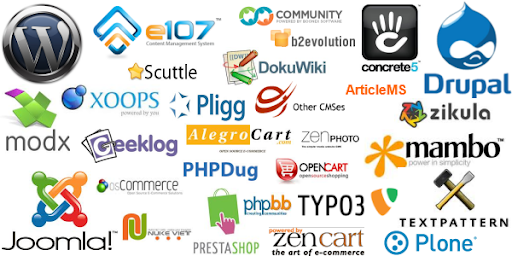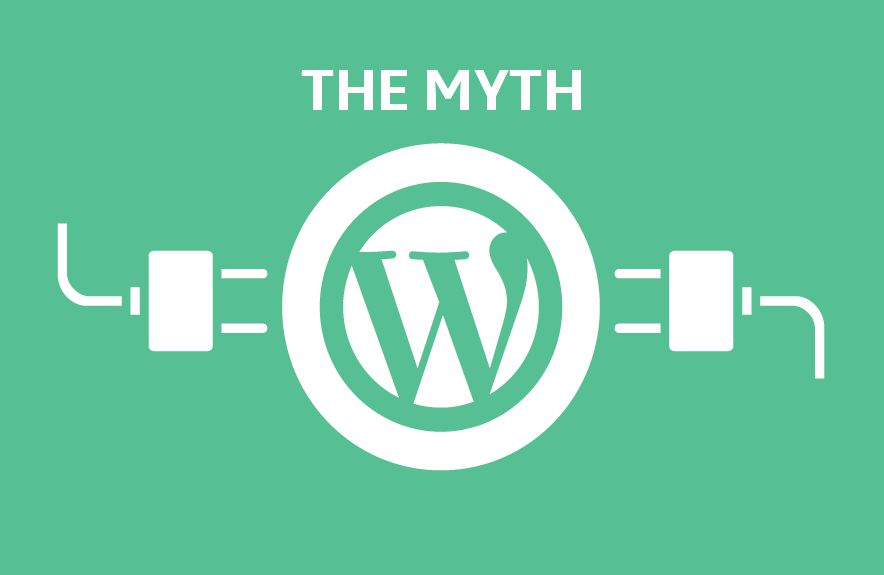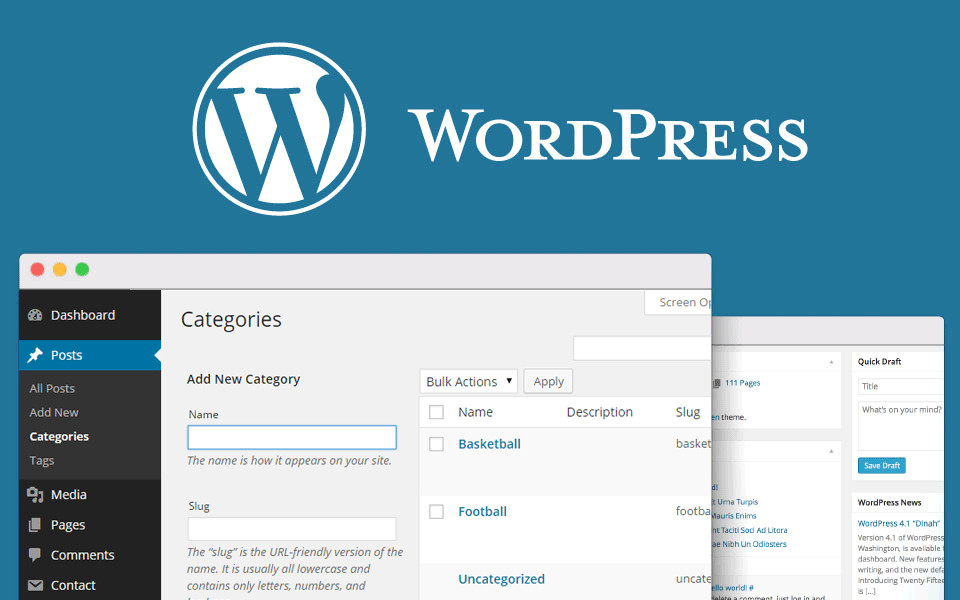Businesses today are tasked with providing an engaging customer experience (across all digital touchpoints) to achieve success. From a marketing perspective, it is very important that content is normally distributed across all obtainable customer devices including websites for PCs, tablets and mobiles, and also content for other devices, such as watches and wearables.
The simplest way for marketers to create an unified communications strategy is by utilizing a content management system (CMS). The right CMS allows business owners to update content with simplicity and control how it appears on each digital platform. Additionally, a customized CMS will have the added advantage of strengthening brand and messaging unity on all devices, while delivering a smooth experience for customers.
What your business should look for in a CMS
Not all CMSes are the same, and it is important to keep this in mind when selecting the right solution for your team. The first thing to ensure is that you select a CMS with a headless function. In layman’s terms, this is software that separates content distribution abilities from front-end web design functions. This enables marketing professionals to distribute content with an omni-platform approach-not just for the company website-without adding more complicated content management systems.
Secondly, your CMS should be easy to deploy without putting a strain on your IT team. Ultimately, you want your marketing team to manage and maintain your CMS themselves, not turning to your IT team for content updates when they should be focusing on mission-critical tasks.
For any marketer, data is essential for increasing campaign effectiveness and driving engagement. As such, a good CMS system should offer a level of personalization. Your team should be able to identify where users are located and what areas of your site they are exploring, so that you can then send them content that is based on their behavior. This is only possible through a CMS that has analytical capabilities to track users throughout a website based on their activity. So, depending on which pages they land on, what downloads they save, and which forms they choose to fill out, teams can use predictive and prescriptive analytics features to determine what customers crave and how to best leverage that data to engage with them.
Some other essential feature to consider in a CMS is whether it allows marketers to control multiple languages and related websites concurrently. In an ever-changing area like Asia-Pacific, with all its dynamism and diversity, marketers need an instrument that lets them conveniently update content in a variety of languages.
For all businesses, security is vital to the success of your business and the trust of your customers. Practically all CMSs have already been designed to become impenetrable for hackers and offers an extra layer of security for sensitive information that may have been entered by customers into your site.
An excellent indicator of the amount of security that such software offers is to always check that it complies with security laws around the world. For example, GDPR has certainly been a wakeup call for the amount of our privacy is being violated.
Nevertheless, it wasn’t the initial initiative such as this. Countries all over the world have implemented comparable data privacy laws and regulations, including Singapore, Thailand with its Personal Data Protection Act (PDPA), and Australia using its Privacy Act.
The ultimate tip is to make sure that your CMS permits easy integration. The CMS that you select must accommodate coding and building additional software if there is nothing available in the marketplace by connecting to application programming interfaces.
What about an open source platform?
While open source platforms certainly have advantages-they are totally free and they promote collaboration-there are fewer controls in place to ensure development is certainly going as planned. Consequently, there exists a heightened security risk and additional strain on IT resources to seriously consider the security patches necessary to restrict access to the source code.
Get a CMS that has its source code locked down to ensure that whatever gets developed is automatically checked while progress is made, and that security patches have been specifically designed for your site. This involves fewer IT resources than an open source platform since the user experience has been created for ease of use.
Nonetheless, most significantly of all, there comes a period in any business where it really is expedient to migrate from an open source platform to a company-backed platform. Maintenance and management costs will ultimately get very costly on open source, and the security threats will be way too great.
Credit: Source link






